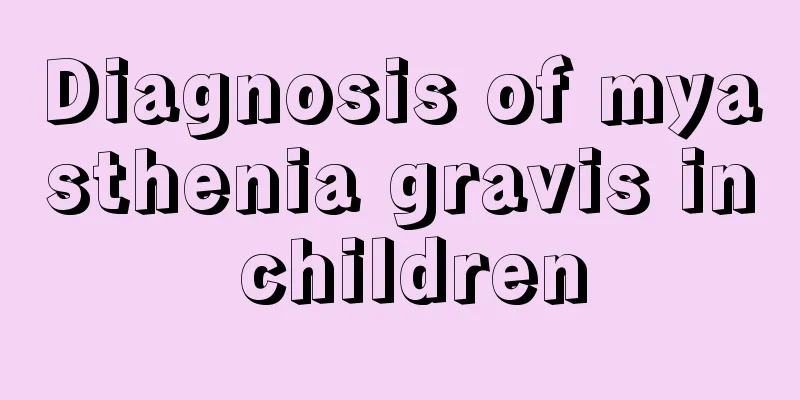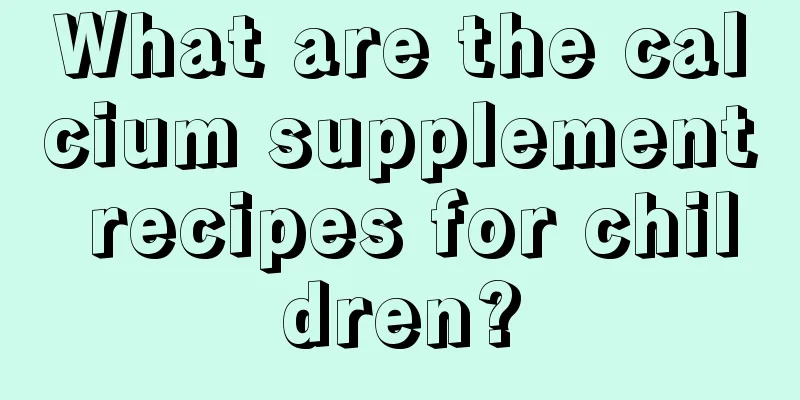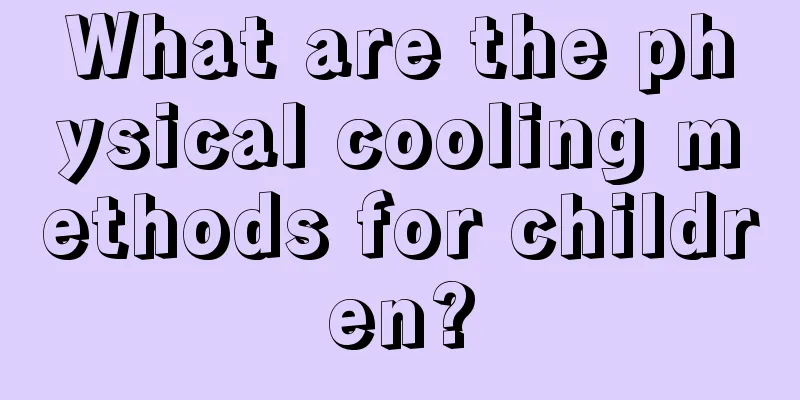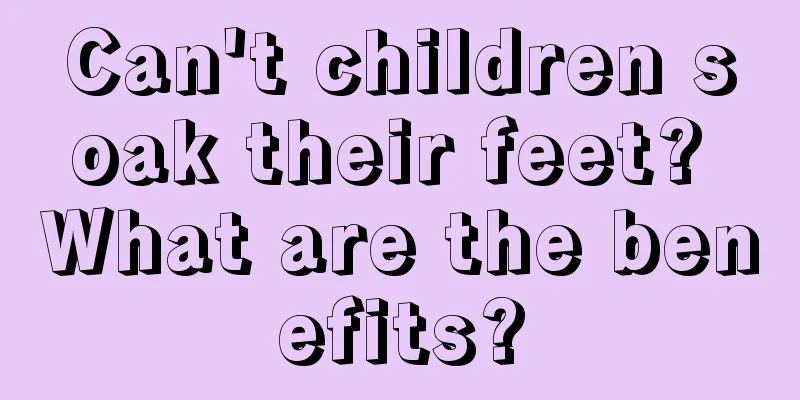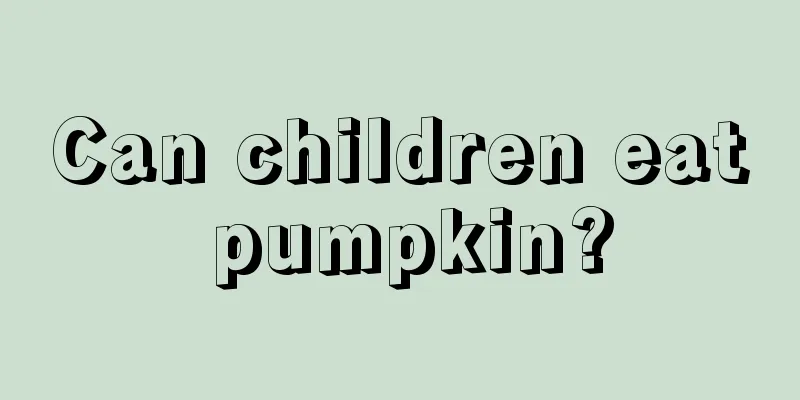What are the symptoms of congenital heart disease?

|
As our quality of life improves, we have found that many children have congenital heart disease. This is mainly because our parents did not check their own conditions when they gave birth. Therefore, we suggest that everyone should have a certain understanding of the causes and symptoms of congenital heart disease. Now let’s take a look at its symptoms. Congenital cardiovascular disease is the most common type of congenital malformation. Mild cases have no symptoms and are discovered during physical examination. Severe cases may have difficulty breathing after activity, cyanosis, syncope, etc. Older children may have growth retardation. The presence or absence of symptoms and manifestations are also related to the type of disease and the presence or absence of complications. Neonatal heart failure is considered an emergency and is usually caused by a more severe heart defect. Its clinical manifestations are due to congestion of the pulmonary circulation and systemic circulation and reduced cardiac output. Symptoms and signs Mild cases have no symptoms and are discovered during physical examination. Severe cases may have difficulty breathing after activity, cyanosis, syncope, etc. Older children may have growth retardation. The presence or absence of symptoms and manifestations are also related to the type of disease and the presence or absence of complications. 1. Heart failure: Neonatal heart failure is considered an emergency, and most of the time it is caused by severe heart defects in the child. Its clinical manifestations are due to congestion of the pulmonary circulation and systemic circulation and reduced cardiac output. The children are pale, short of breath, have difficulty breathing and tachycardia. The heart rate can reach 160-190 beats per minute and the blood pressure is often low. You can hear the rhythm of galloping horses. The liver is enlarged, but peripheral edema is less common. 2. Cyanosis: It is caused by the mixing of arterial and venous blood due to right-to-left shunting. It is most obvious on the tip of the nose, lips, and nail beds. 3. Squatting: Children with cyanotic congenital heart disease, especially those with tetralogy of Fallot, often show squatting signs after activities. This can increase systemic vascular resistance and thus reduce the right-to-left shunt caused by the septal defect, while also increasing venous blood return to the right heart, thereby improving pulmonary blood flow. 4. Clubbing of fingers and toes and polycythemia: Cyanotic congenital heart disease is almost always accompanied by clubbing of fingers and toes and polycythemia. The mechanism of clubbing is still unclear, but polycythemia is a physiological response of the body to arterial hypoxia. 5. Pulmonary hypertension: When patients with septal defect or patent ductus arteriosus develop severe syndromes such as pulmonary hypertension and cyanosis, it is called Eisenmenger's syndrome. The clinical manifestations are cyanosis, polycythemia, clubbing of fingers (toes), and signs of right heart failure such as distended jugular veins, hepatomegaly, and edema of surrounding tissues. At this time, the patient has lost the opportunity for surgery and the only thing waiting is heart and lung transplantation. Most patients die before the age of 40. 6. Developmental disorders: Children with congenital heart disease often develop abnormally, with symptoms such as being thin, malnourished, and delayed in development. Congenital heart disease has a great impact on children's physical health. We recommend that everyone should know how to deal with the occurrence of this disease in life. Regarding the symptoms of congenital heart disease, we recommend that everyone should remember them in life so that the presence of heart disease can be detected in time. |
<<: The order of tooth development in children
>>: Causes of white tongue coating in children
Recommend
Reasons for spitting up in four-month-old babies
It is a common phenomenon for 4-month-old babies ...
Is it necessary to bathe babies every day?
Children nowadays are very precious in every fami...
How to care for a baby with a high fever and cold hands and feet
Babies are the apple of their parents' eyes. ...
Polydactyly in infants
When the baby is still in the mother's womb, ...
What is the reason for the white spots on children's fingernails?
In our lives, we are usually very concerned about...
What is the reason for the child's leg pain?
Children nowadays are exercising less and less. T...
What are the symptoms of calcium deficiency in babies
Babies are very cute angels and the most precious...
What should I do if my seven and a half month old baby is zinc deficient?
Nowadays, many newborn babies suffer from zinc de...
3-year-old child's hands and feet peeling
Many parents think that peeling hands and feet on...
What can boys eat to grow taller?
The development of height is more important for b...
Children's hair style
Children all like to dress themselves up beautifu...
Can children eat mung bean porridge?
Can children eat mung bean porridge? Mung bean po...
What are the symptoms of a child losing his soul?
Most people believe that people have souls. Once ...
Baolong Pills for children frightened
Infants and young children are easily frightened ...
What are the daily diets for children with gastroenteritis?
Nowadays, there are more and more common diseases...
